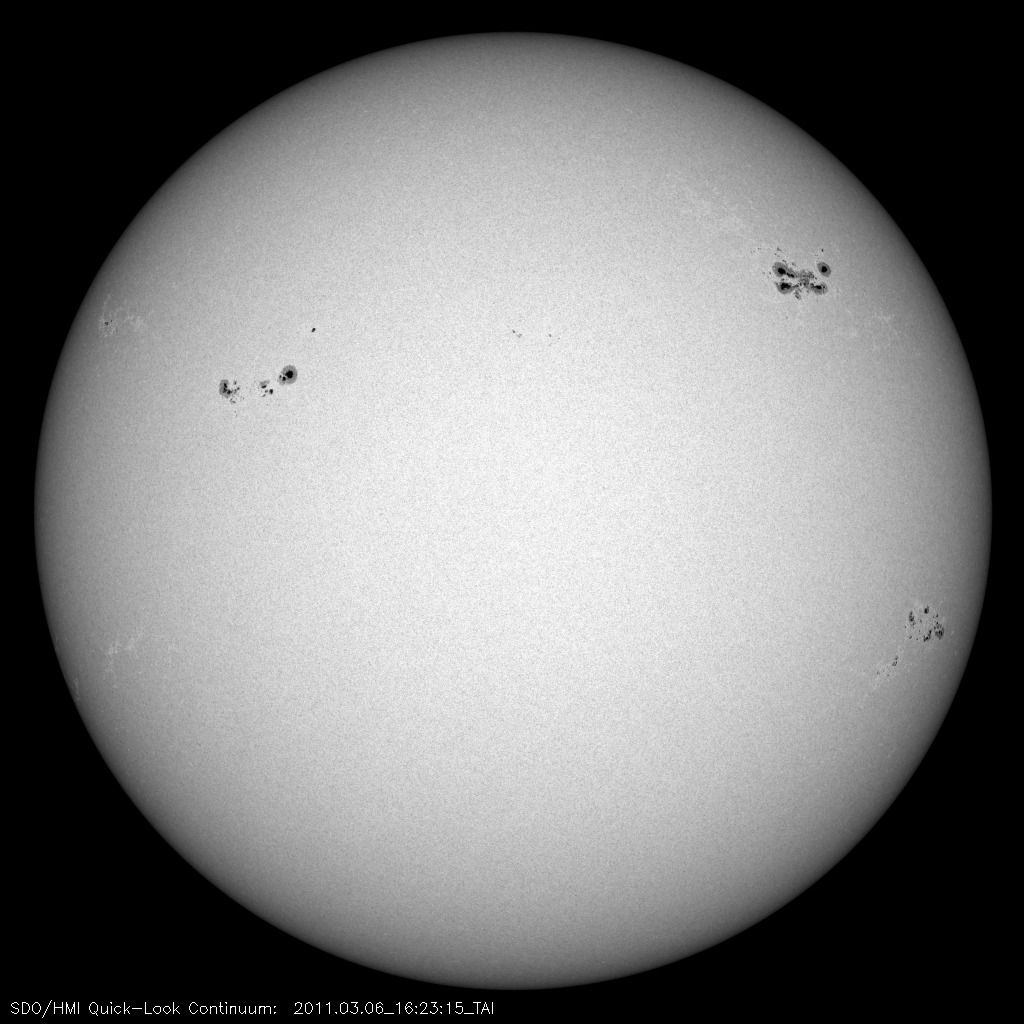
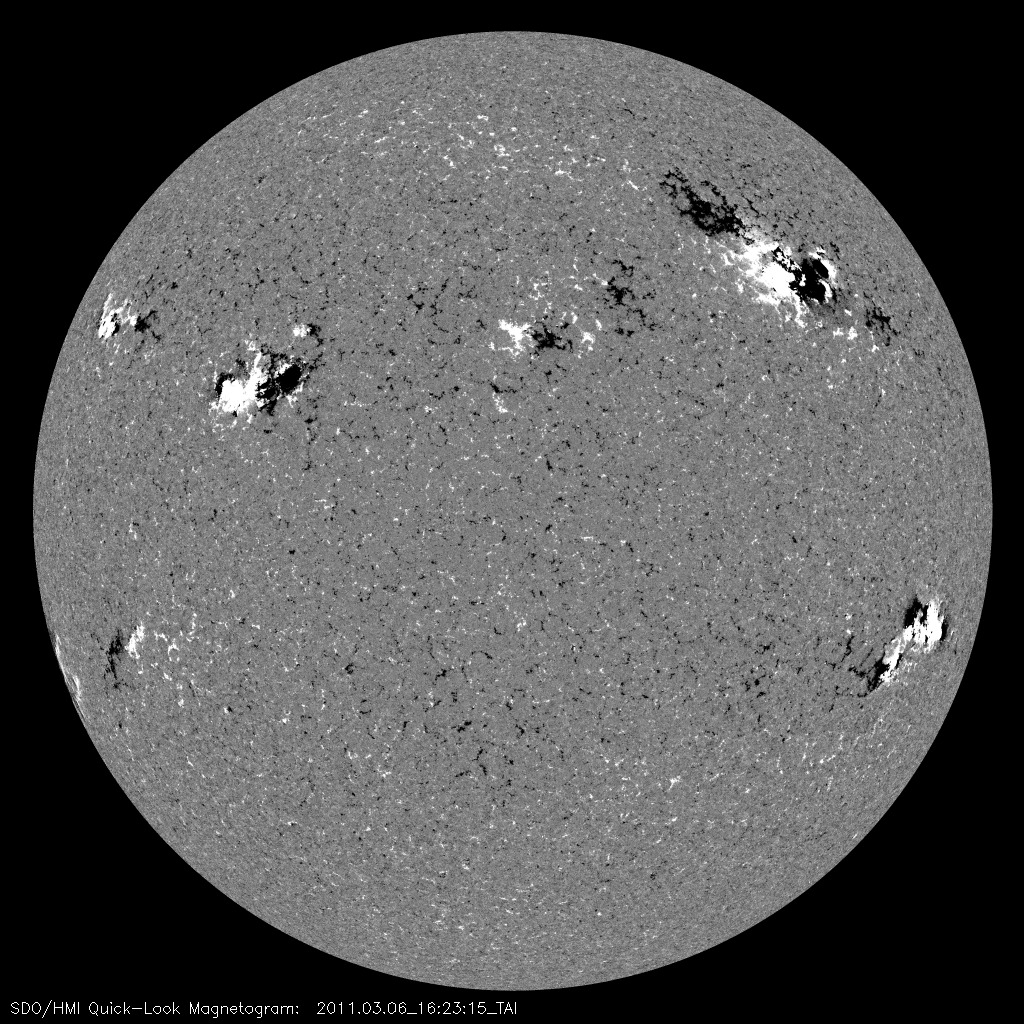
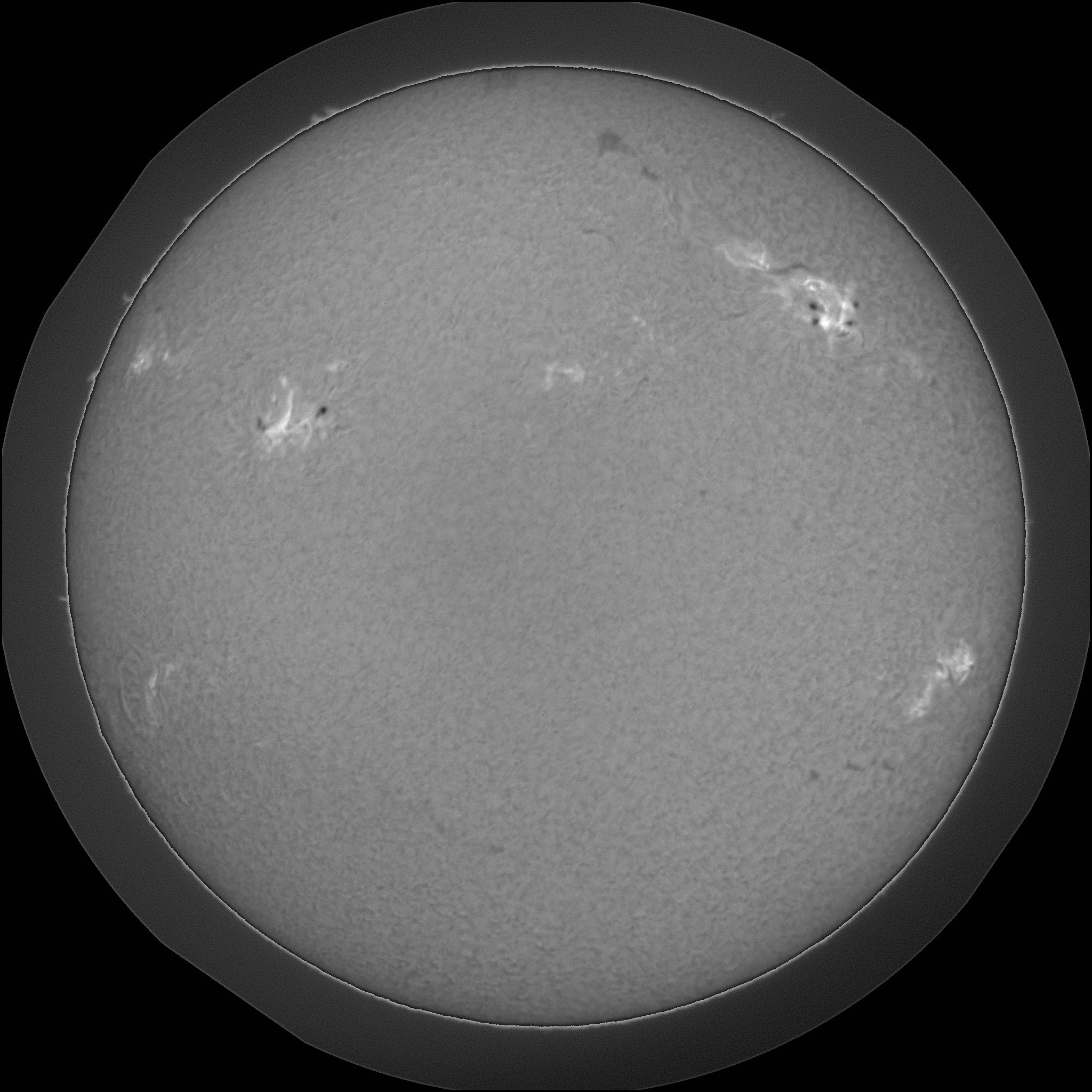
Events
Region
Reports
Notes
Solar flare activity is at moderate levels. There are three active
regions currently on the visible solar disk with the potential to produce M-class activity. Target region, NOAA 1164, is maintaining its beta-gamma-delta magnetic classification. In addition to NOAA 1164, a new region that emerged on March 03 located just north of NOAA 1165 at S18W58 is the source of numerous C-class events. This region has a circle of small spots with mixed polarities. NOAA 1166 (N10E34) has developed some magnetic complexity and is
producing C-class events. All three regions are capable of producing an M-class event. 1164 has a slight chance of producing an isolated M5 or larger event in the next few days. The position of NOAA 1164 on March 06 at 11:30 UT is: N24W41 (Solar X = 581", Solar Y = 475")
Bill Marquette (Helio Research)
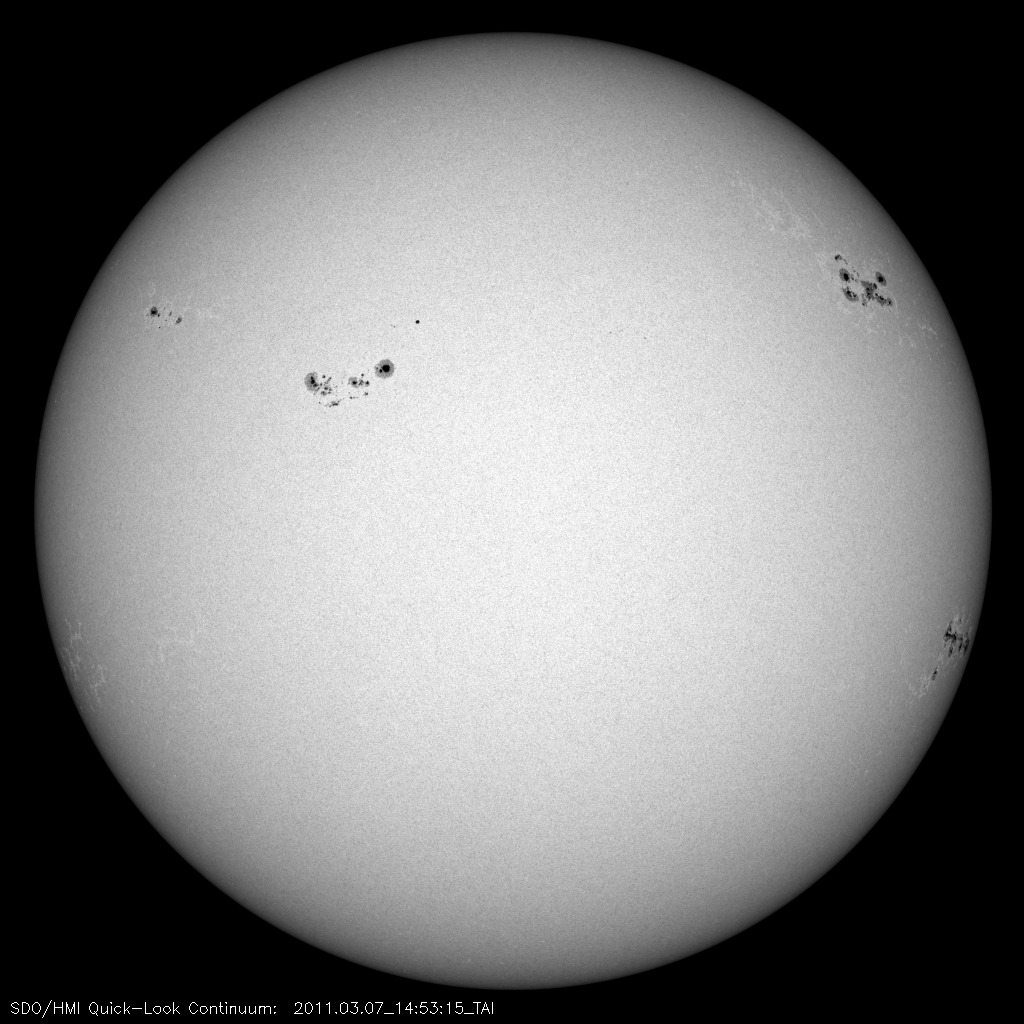
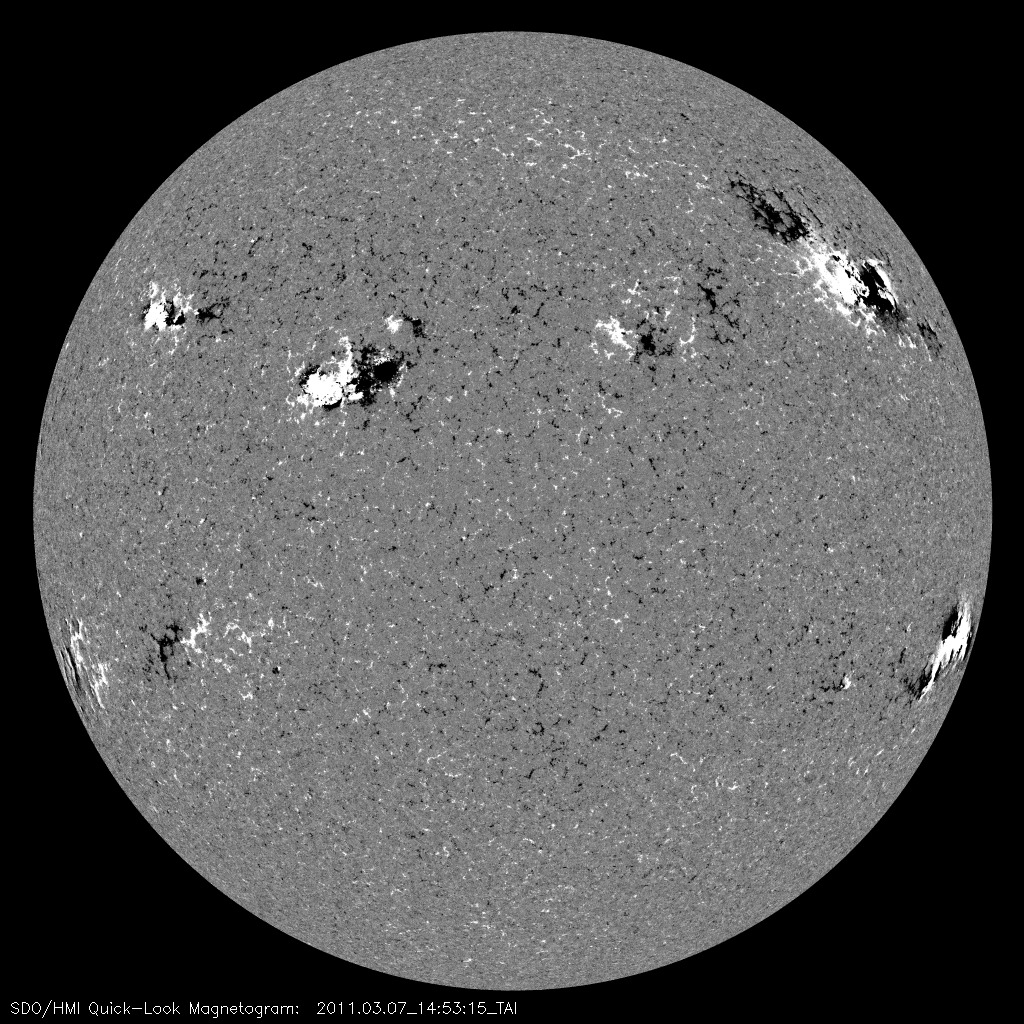
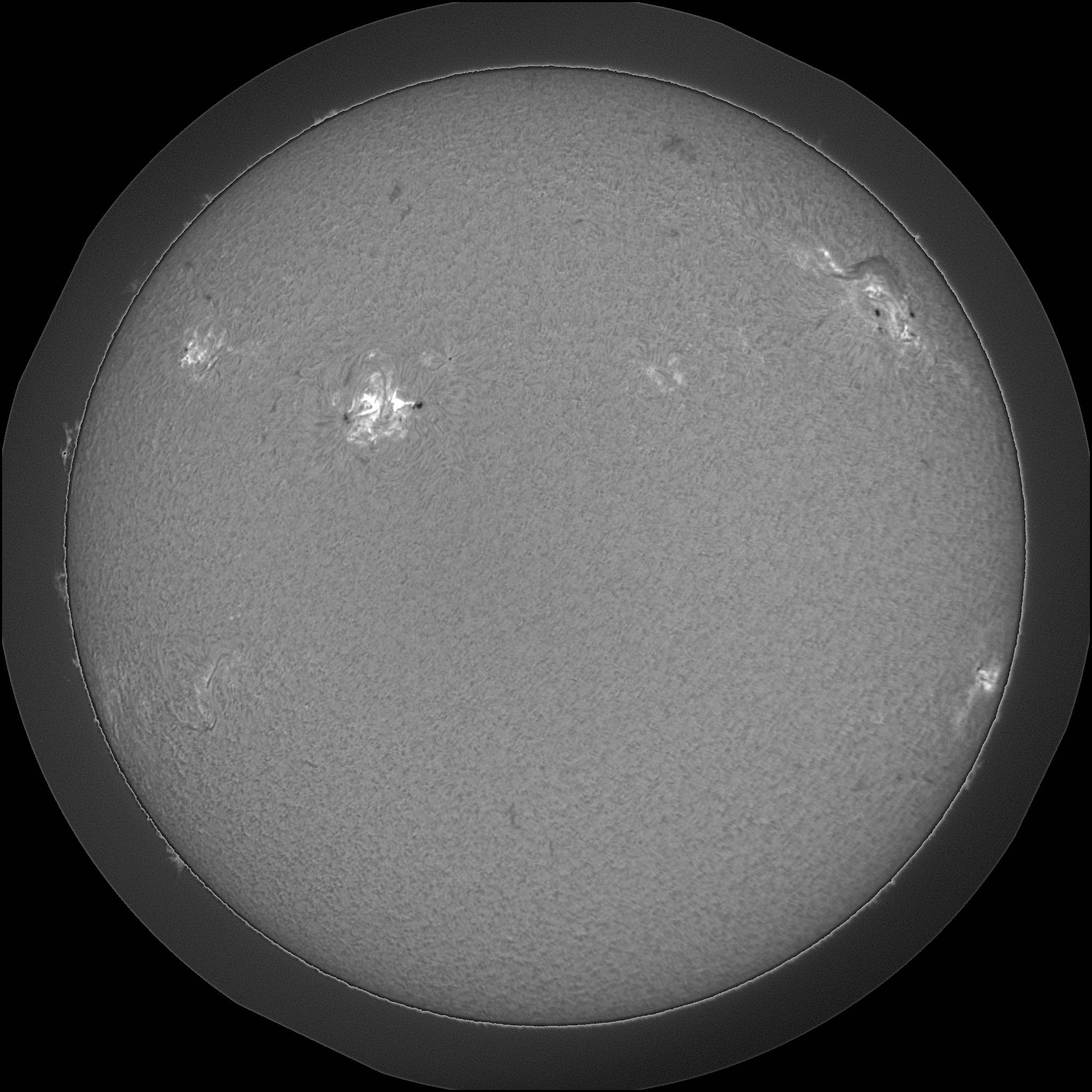
Events
Region
Reports
Notes
Solar flare activity has increased significantly today. NOAA 1164 was the source of countless C-class events and two M-class events. The largest M-class event was the M1.4 at 03/07/08:07 UT. NOAA 1166 also produced two M-class events. The largest was an M1.9 at 03/07/14:30 UT. The recently emerged region located north of NOAA 1165 produced two M-class events. The largest was an M1.8 at 03/07/09:15 UT. All three regions have complex beta-gamma-delta magnetic configurations. All three regions are capable of producing an event equal to or larger than an M5 class.
Since we have a history with NOAA 1164, we will bet on it for at the target region today. The position of NOAA 1164 on March 07 at 11:30 UT is: N24W53 (Solar X = 706", Solar Y = 458")
Bill Marquette (Helio Research)
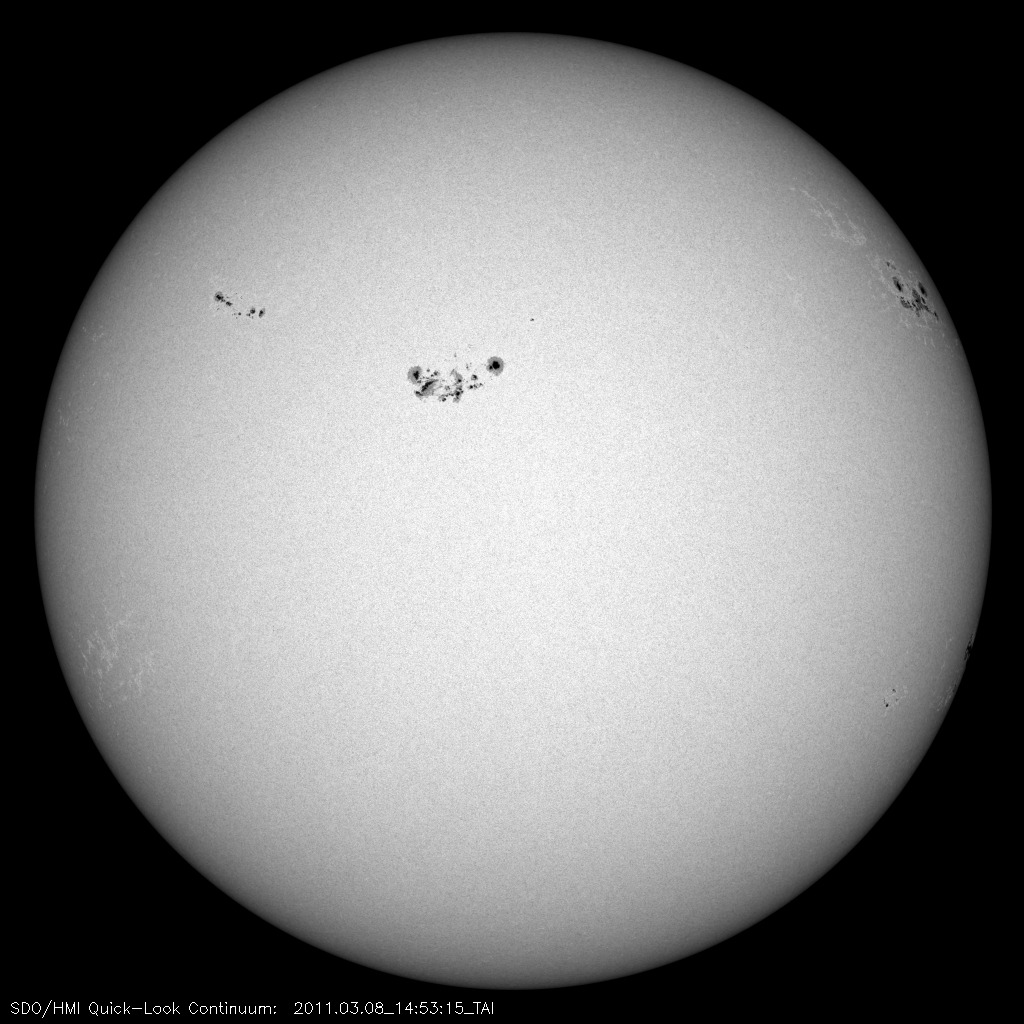
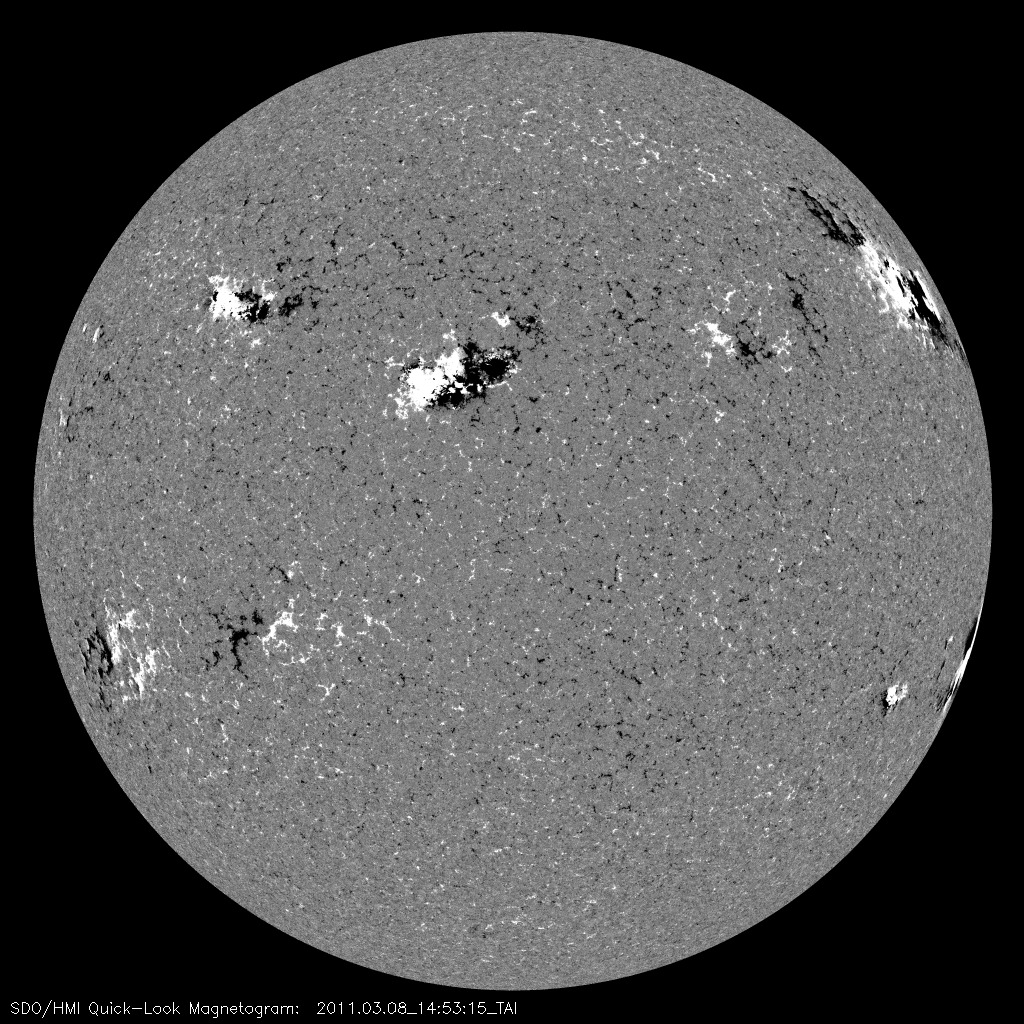
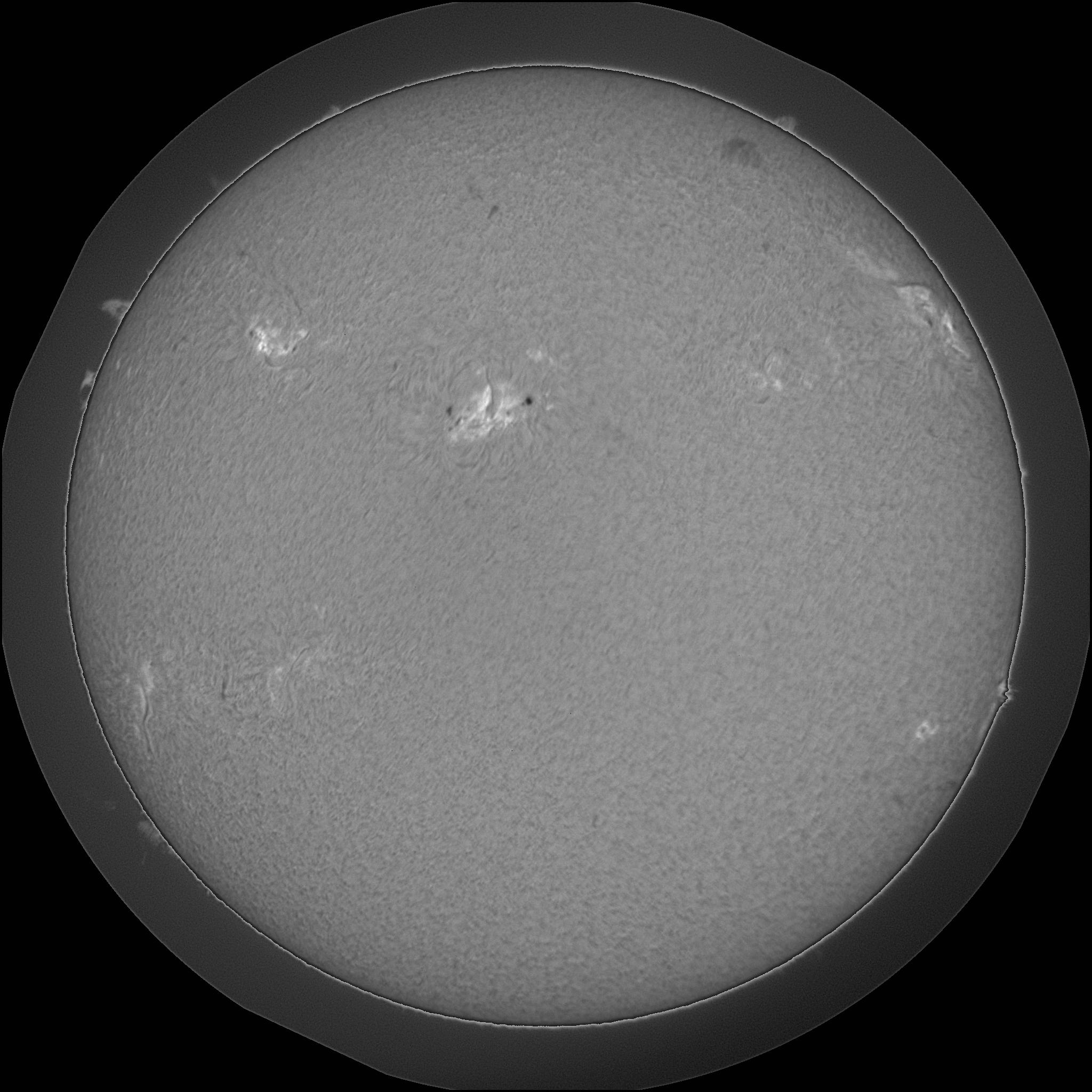
Events
Region
Reports
Notes
NOAA 1164 was the source of a long duration M3.7 x-ray event at 02/07/20:01 UT. This flare was associated with a strong Type II radio event, a fast full halo CME, and a minor proton event. The largest x-ray event since the last message was an M5.3 at 03/08/10:44 UT. The M5.3 source region was NOAA 1165 on the SW limb. This region emerged on March 3 on the northern edge of NOAA 1165. It entered a very rapid growth phase on March 6 and quickly developed a complex beta-gamma-delta magnetic classification. There appears to be a strong delta configuration
located in the trailing portion. 1165 is currently displaying bright
H-alpha plage and surges as it rotates over the west limb. The target will switch from 1164 to 1165 today. Another large event is possible from 1165 before it rotates off the visible disk. 1164 (N24W66) and 1166 (N11E05) are also capable of producing an event equal to or greater than M5. The position of the target (NOAA 1165) on March 08 at 11:30 UT is: S20W85 (Solar X = 904", Solar Y = -318")
Bill Marquette (Helio Research)
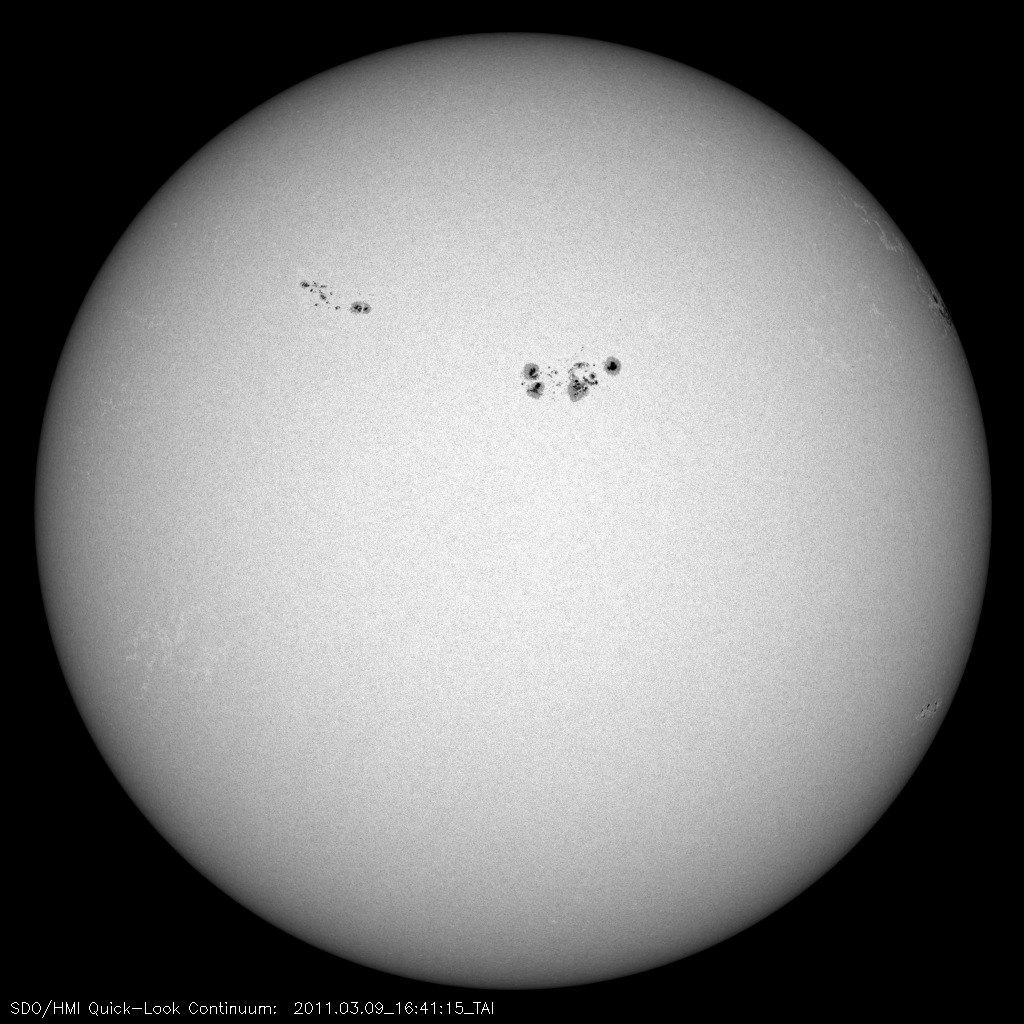
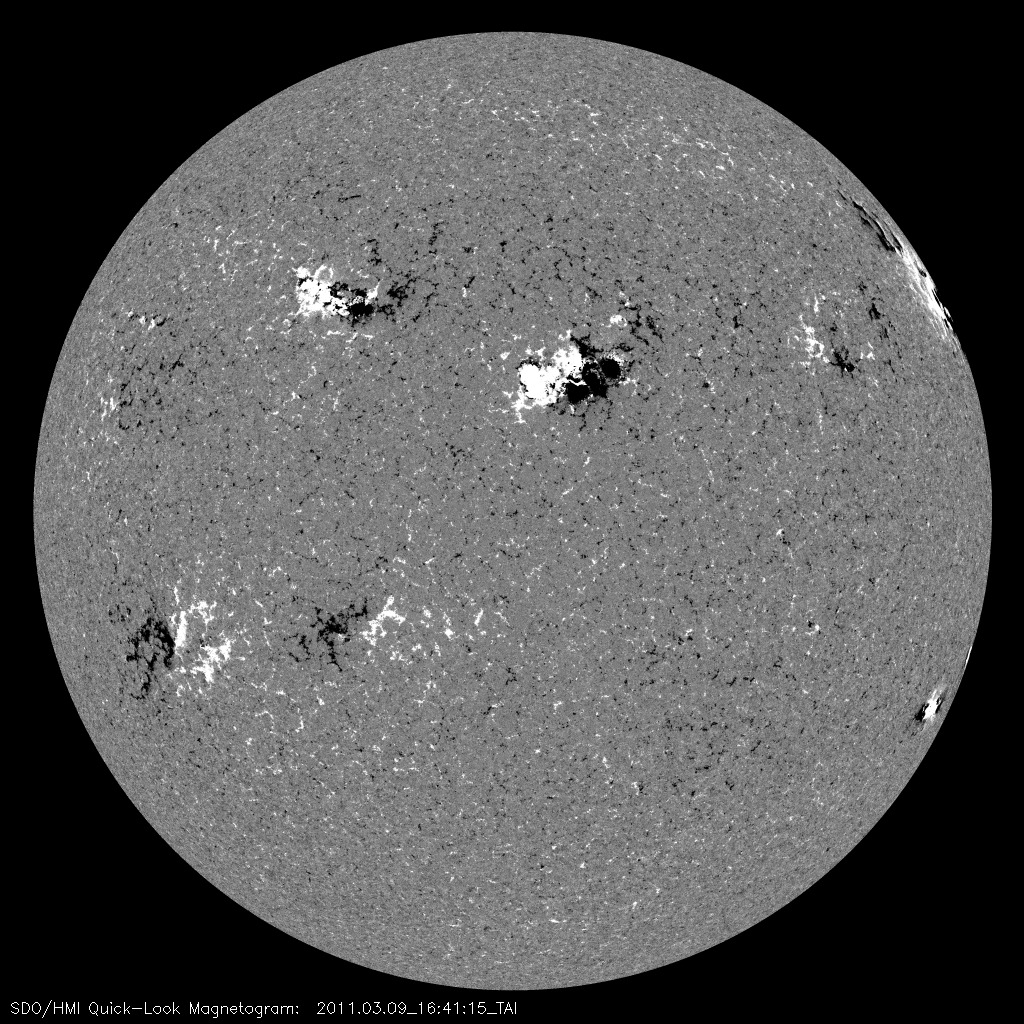
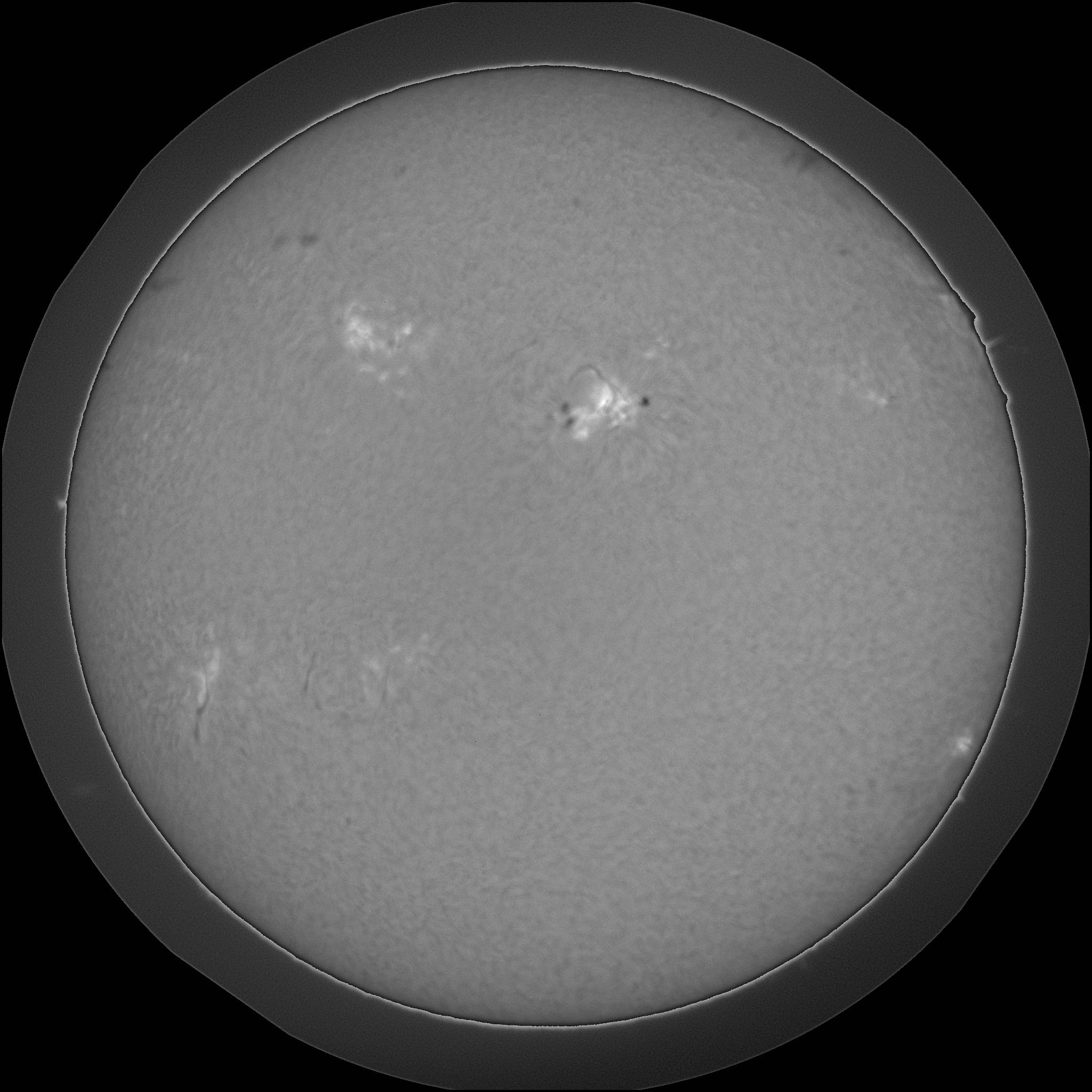
Events
Region
Reports
Notes
Target region, NOAA 1165, was very active yesterday during west limb passage. It was the source of numerous C-class events and an M4.4 event at 03/08/18:28 UT and an M1.5 at 03/08/20:16 UT. The target will switch to NOAA 1166 today. 1166 produced an M1.7 event at 03/09/11:07 UT. 1166 has a beta-gamma-delta magnetic configuration. 1166 and former target 1164 are capable of producing M-class events. There also remains a slight chance of a mid-level M-class event. The position of NOAA 1166 on March 09 at 11:30 UT is: N11W08 (Solar X = 132", Solar Y = 302")
Bill Marquette (Helio Research)
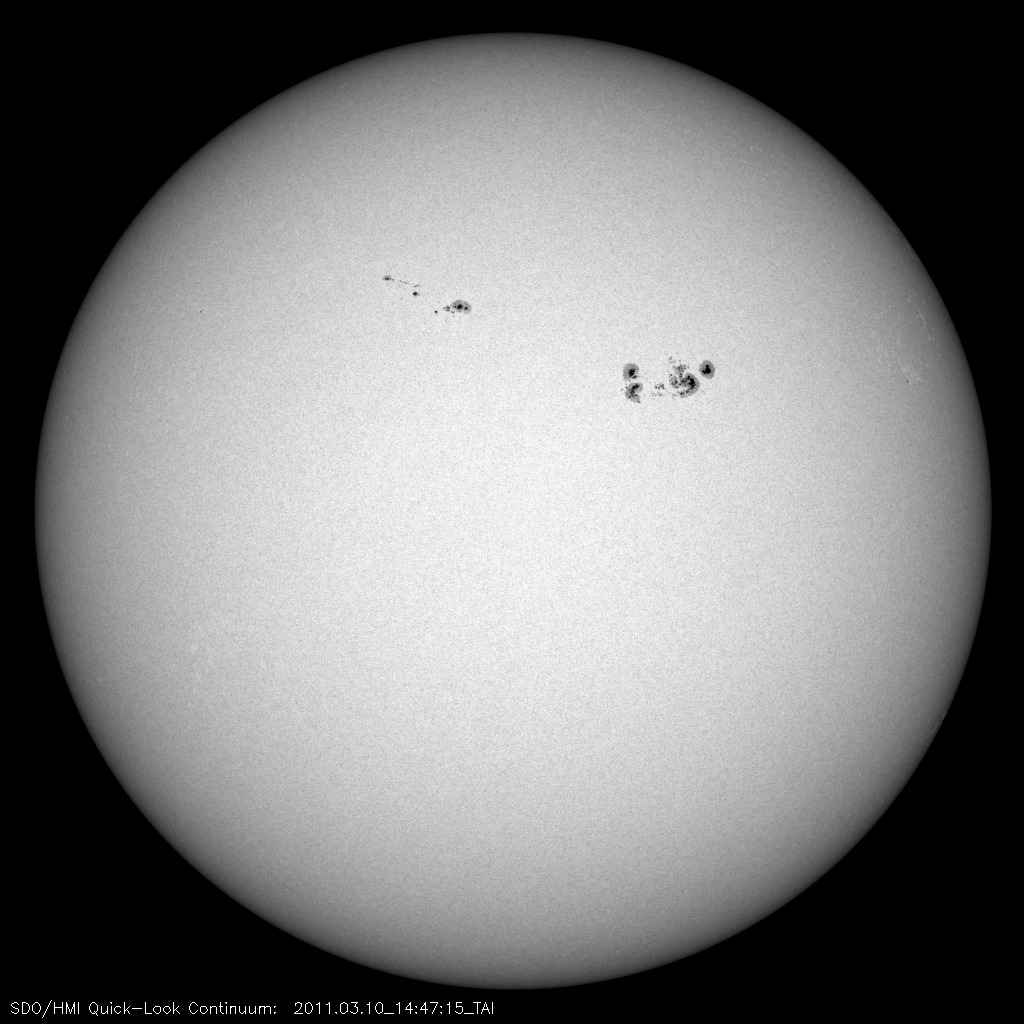
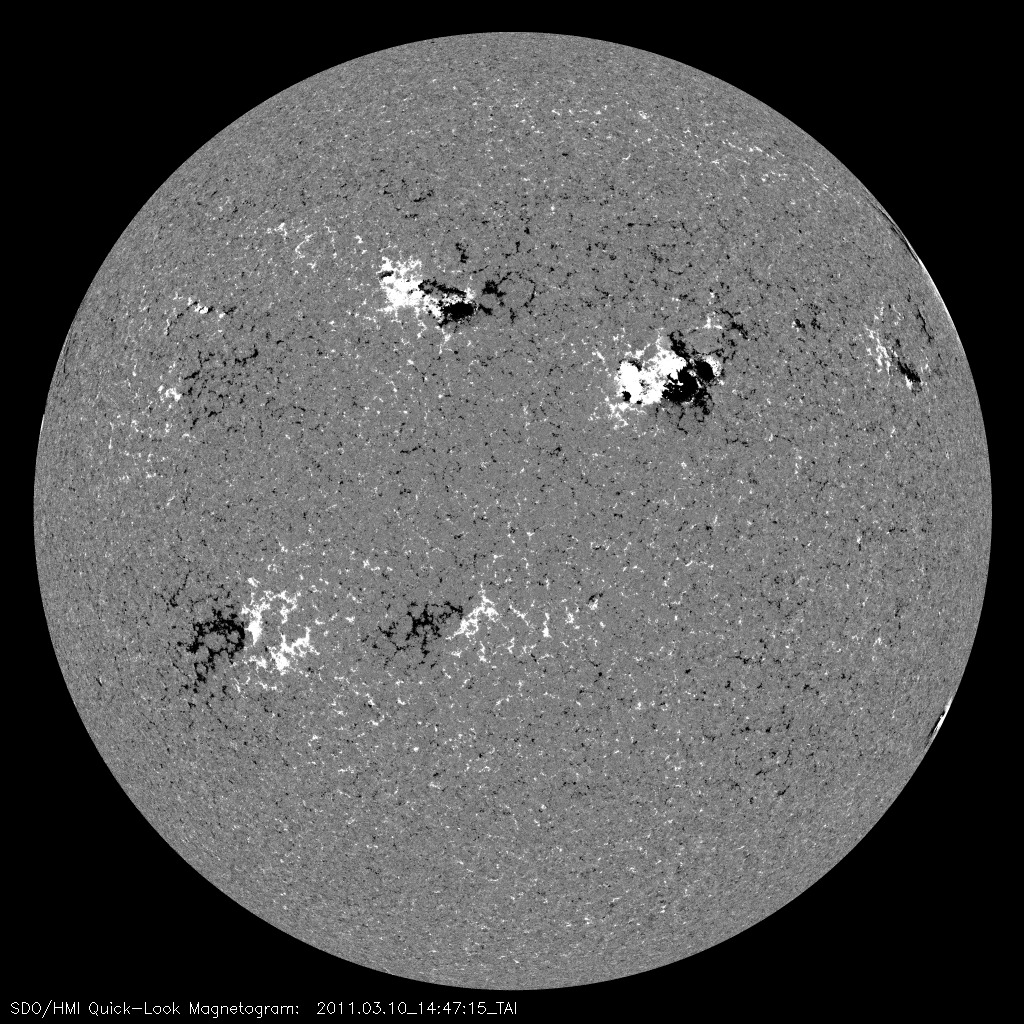
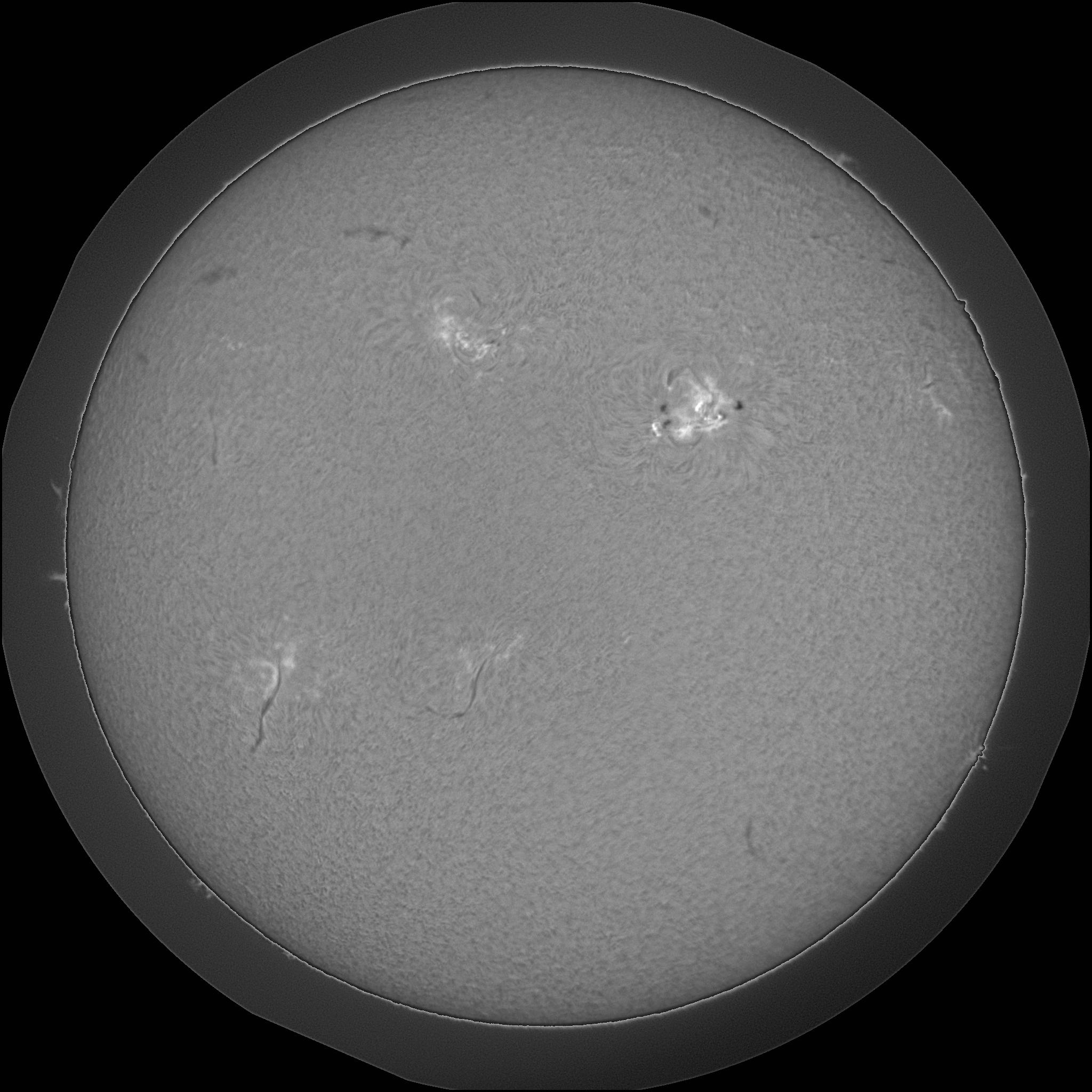
Events
Region
Reports
Notes
Target region, NOAA 1166, was the source of a major X1.5 flare late yesterday at 23:23 UT. 1166 developed rapidly during the day increasing its spot count, spot area and magnetic complexity forming a strong delta configuration within its central portion. If the region retains its magnetic complexity, an event => than M5 is possible. The position of NOAA 1166 on March 10 at 11:30 UT is: N09W19 (Solar X = 311", Solar Y = 264")
Bill Marquette (Helio Research)
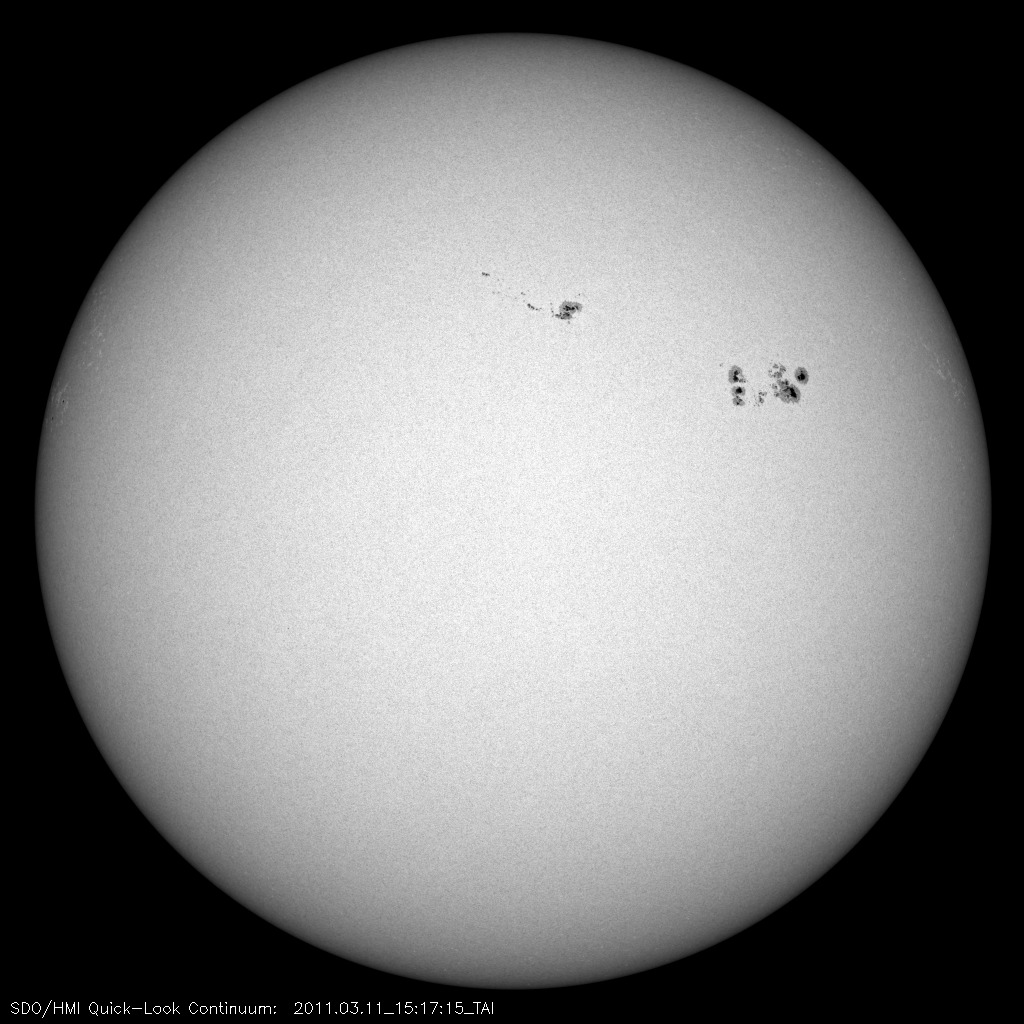
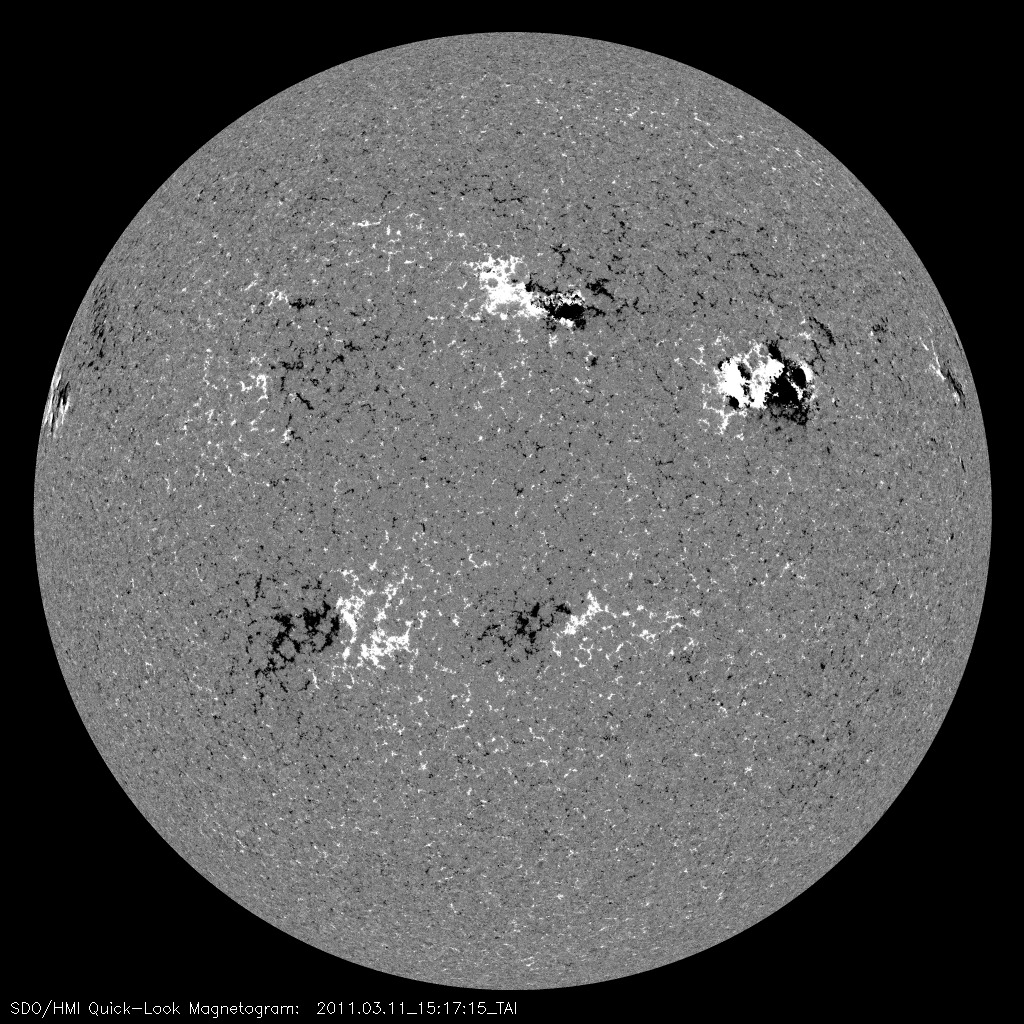
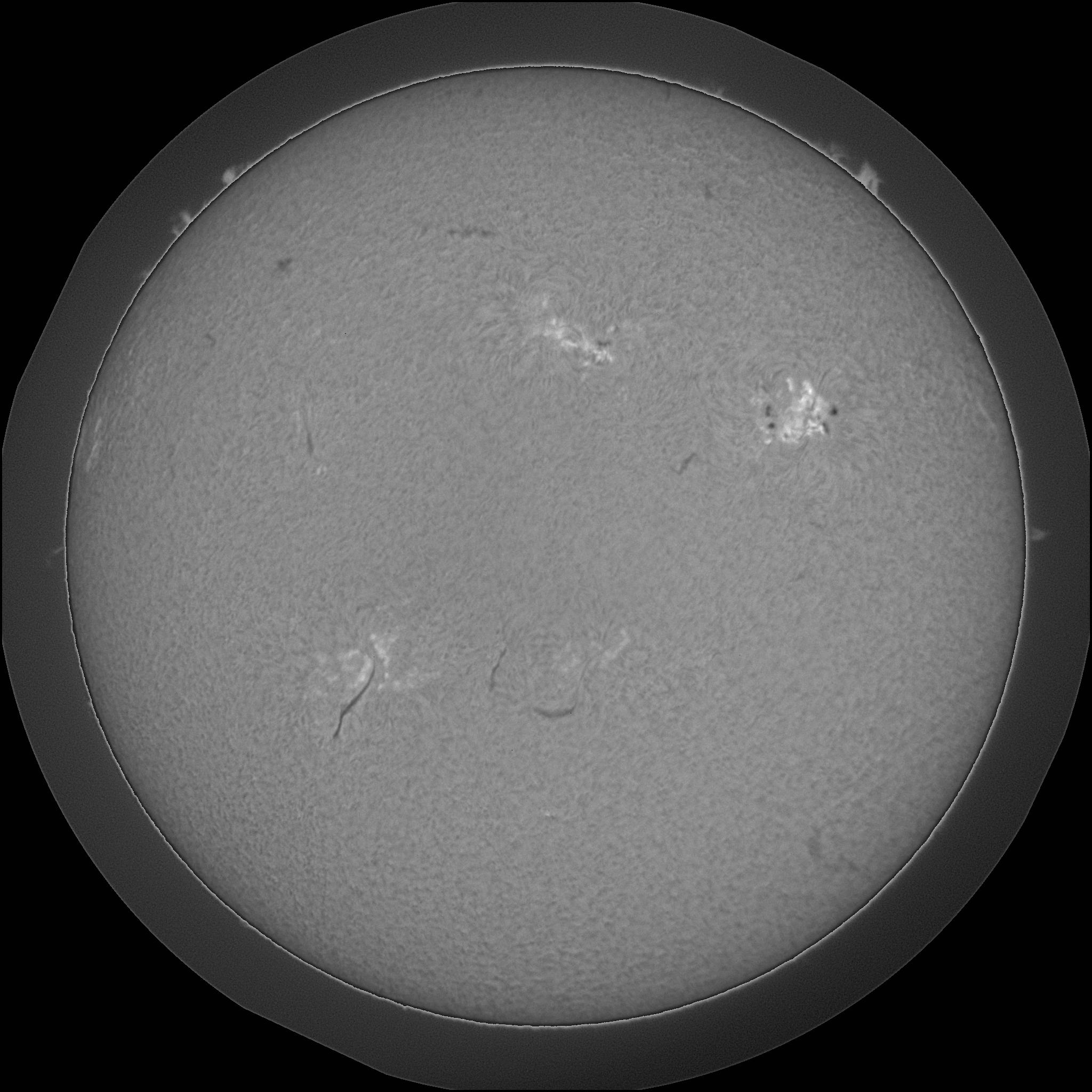
Events
Region
Reports
Notes
We will continue the Major Flare Watch on NOAA 1166 for at least
another 24 hours. 1166 has decayed somewhat but is maintaining a
beta-gamma-delta magnetic classification and bright H-alpha plage.
1166 produced several C-class events and an M1.1 event at 03/10/22:41 UT. NOAA 1169 (N20W03) appears to be forming a small magnetic delta configuration in its leading portion. 1166 and 1169 are expected to produce C-class events with the chance of an M-class event as well. An isolated M-class =>M5 is also possible in the next 24 hours. The position of NOAA 1166 on March 11 at 11:30 UT is: N09W33 (Solar X = 521", Solar Y = 251"
Bill Marquette (Helio Research)
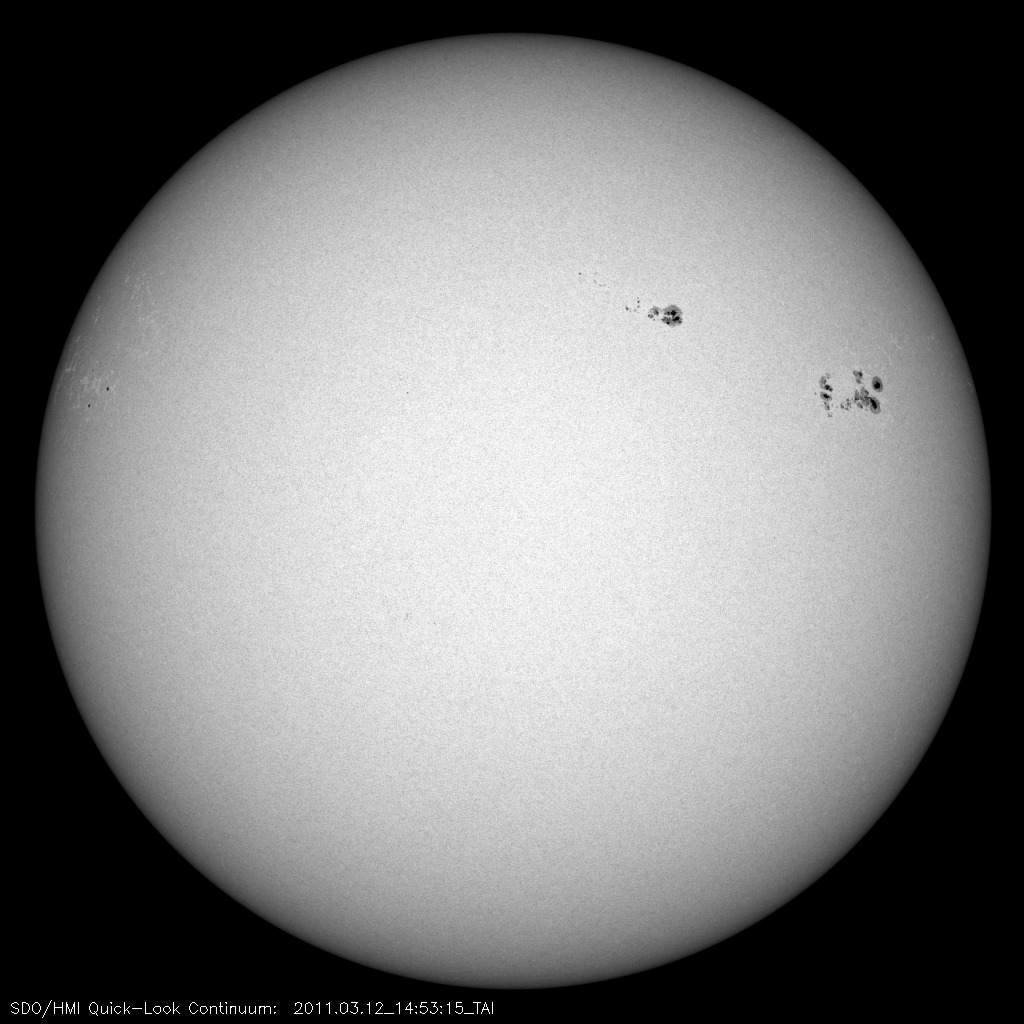
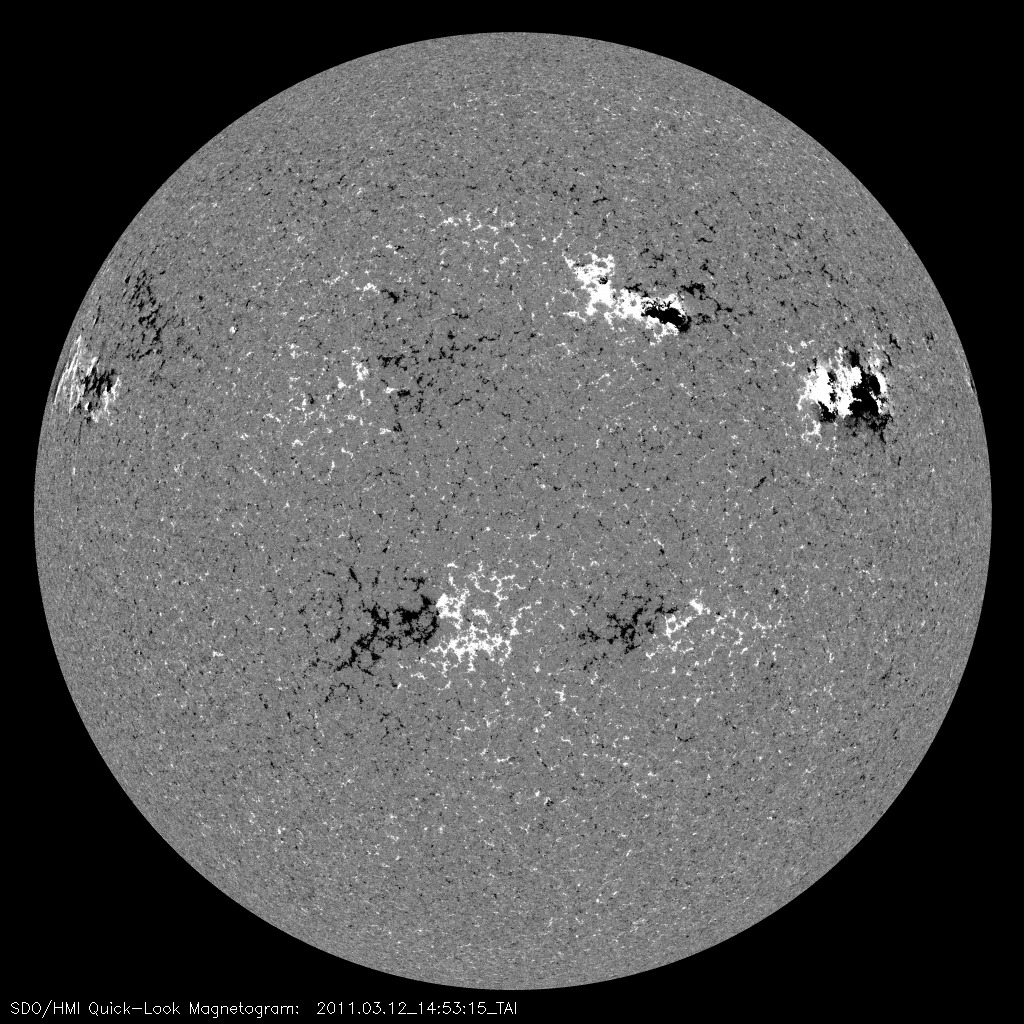
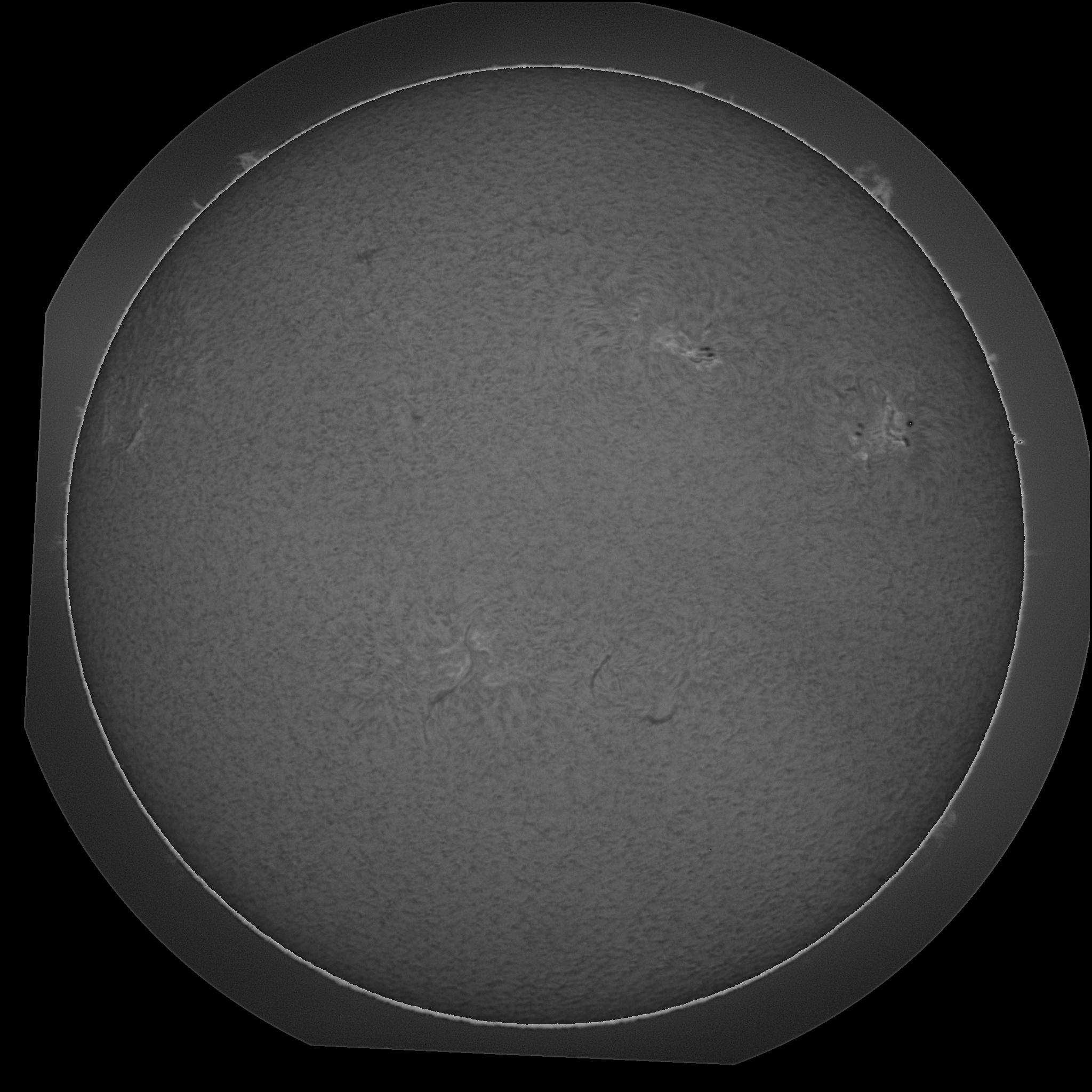
Events
Region
Reports
Notes
NOAA 1166 has continued to slowly decay but remains a beta-gamma-delta magnetic class. It produced numerous C-class events again plus an M1.3 event at 03/12/04:43 UT. 1166 will continue to produce C-class activity with a good chance of another M-class event in the next 24 hours. The position of NOAA 1166 on March 12 at 16:30 UT is:N09W49 (Solar X = 721", Solar Y = 228"
Bill Marquette (Helio Research)